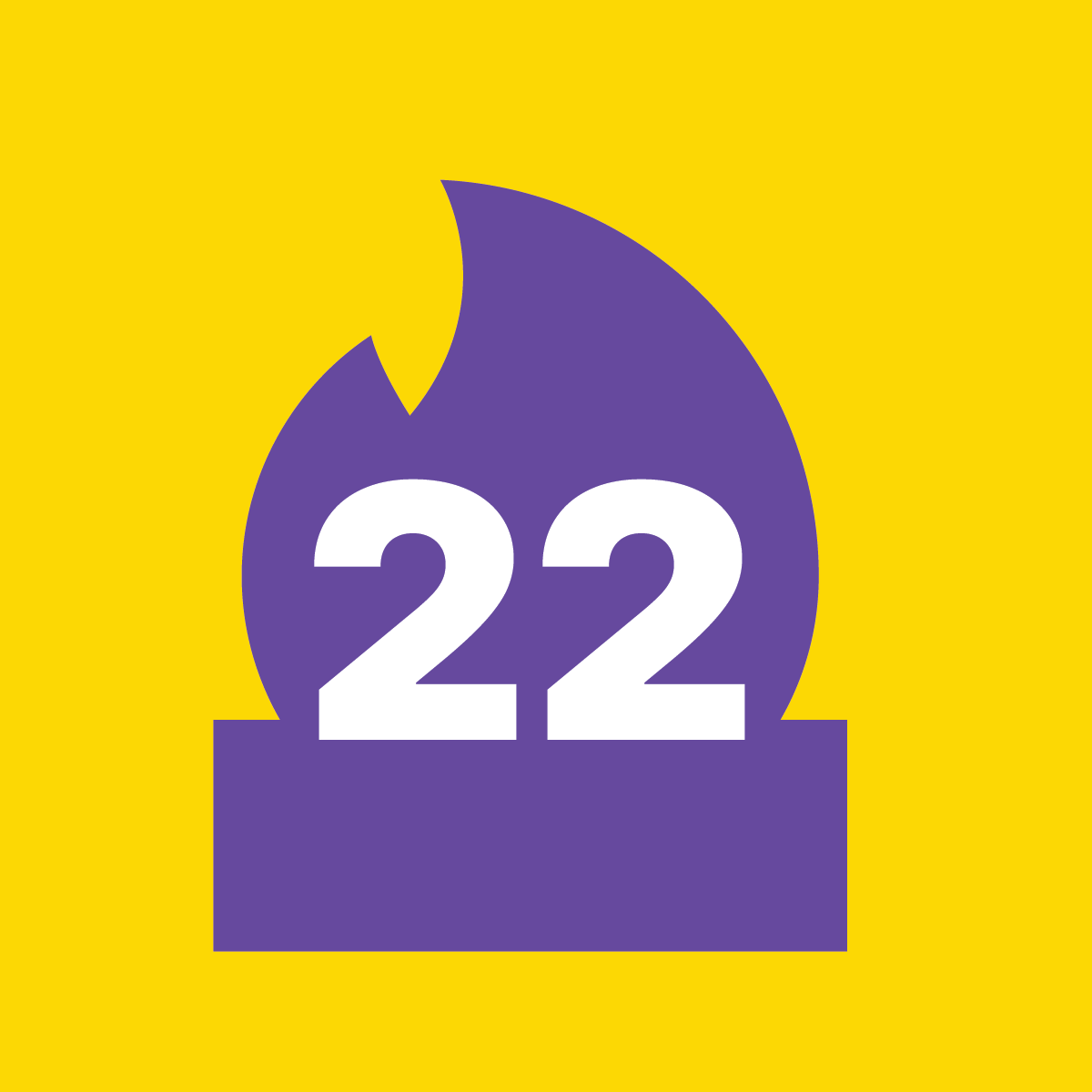Use Scarcity

Pick the Right Type of Scarcity
- Quantity: Limit how much is available (e.g., limited stock).
- Time: Use deadlines (e.g., a sale that ends soon).
- Access: Make some features or products exclusive (e.g., early access for members).
- Rarity: Highlight uniqueness (e.g., limited edition or handcrafted items).
Make Scarcity Valuable
- Don’t just show something is scarce — show why it’s worth it.
- Does it make the user feel special?
- Is it rare because of quality or exclusivity?
- Let users know what makes this scarcity meaningful, not just limited.
Use Visual and Verbal Cues
- Add clear labels like “Limited Edition” or “Exclusive Offer.”
- Keep the tone positive and focused on value.
- Use phrases like “Only a few left” instead of “Hurry before it’s too late!”
Avoid Fake Scarcity
- Scarcity should feel real. Don’t use fake countdowns or misleading stock alerts.
- Make sure the scarcity reflects the actual situation:
- Low stock
- A genuine deadline
- A special event
Place Scarcity at Key Moments
- Use scarcity where it matters:
- Product pages to drive discovery.
- Checkout pages to finalize decisions.
- Don’t overload the user with scarcity everywhere. Focus it where it counts.
Build Trust Through Transparency
- Be clear about why something is scarce. Examples:
- “Only 100 available” because they are handmade.
- “Offer ends in 24 hours” due to limited supply.
- Don’t use tricks—trust is more valuable than a quick sale.
Understand Psychological Triggers
- Scarcity works because of FOMO (Fear of Missing Out). Keep an eye on how much urgency you’re creating.
- Be Aware of Cognitive Overload: Scarcity can narrow focus so much that people neglect other important tasks or make rushed decisions. Use it responsibly to avoid overwhelming users.
- Use analytics to track if users are engaging or feeling overwhelmed.
Tailor Scarcity to Different Audiences
- Different users react to scarcity differently:
- Younger audiences may respond to time-based scarcity due to their susceptibility to FOMO.
- Older or premium customers may value quality-based scarcity, like exclusivity or craftsmanship due to them valuing the symbolic and social status aspects of ownership.
- Tailor Scarcity to Psychological Backgrounds: For some, scarcity can feel like a threat, especially for consumers with a history of resource deprivation. Understand your audience’s background to avoid triggering negative emotional responses.
Use Contextual Scarcity
- Adjust scarcity based on the product and audience:
- For luxury items, focus on exclusivity and rarity.
- For everyday products, emphasize limited-time deals.
- Make sure the scarcity fits the context of use.
Leverage Social Comparison
- Scarcity can feel more intense when people compare themselves to others. Show how others are engaging with the product to increase urgency, but don’t overdo it. Social comparison can sometimes create feelings of exclusion or frustration.
Acknowledge the Selfishness Factor
- Scarcity can make users hesitate if they feel selfish competing for a limited resource.
- This concern usually isn’t strong enough to stop them from wanting the scarce item.
- Be aware of when this feeling might surface and design in a way that reassures users they’re making the right choice.
Test and Adjust
- Continuously test how scarcity impacts user behavior and fine-tune your approach.
- Use scarcity to inspire action, not cause regret or anxiety.
Key Considerations
- Emotional Impact: Scarcity can create urgency and excitement, but too much can cause stress. Use it to create desire, not anxiety.
- Trust: Always be transparent. Explain why something is scarce, and make sure it’s legitimate.
- Intent: Align scarcity with real value. Is it about exclusivity, driving conversion, or promoting a limited offer?
- Tradeoffs: Be mindful of the balance between urgency and user experience.

